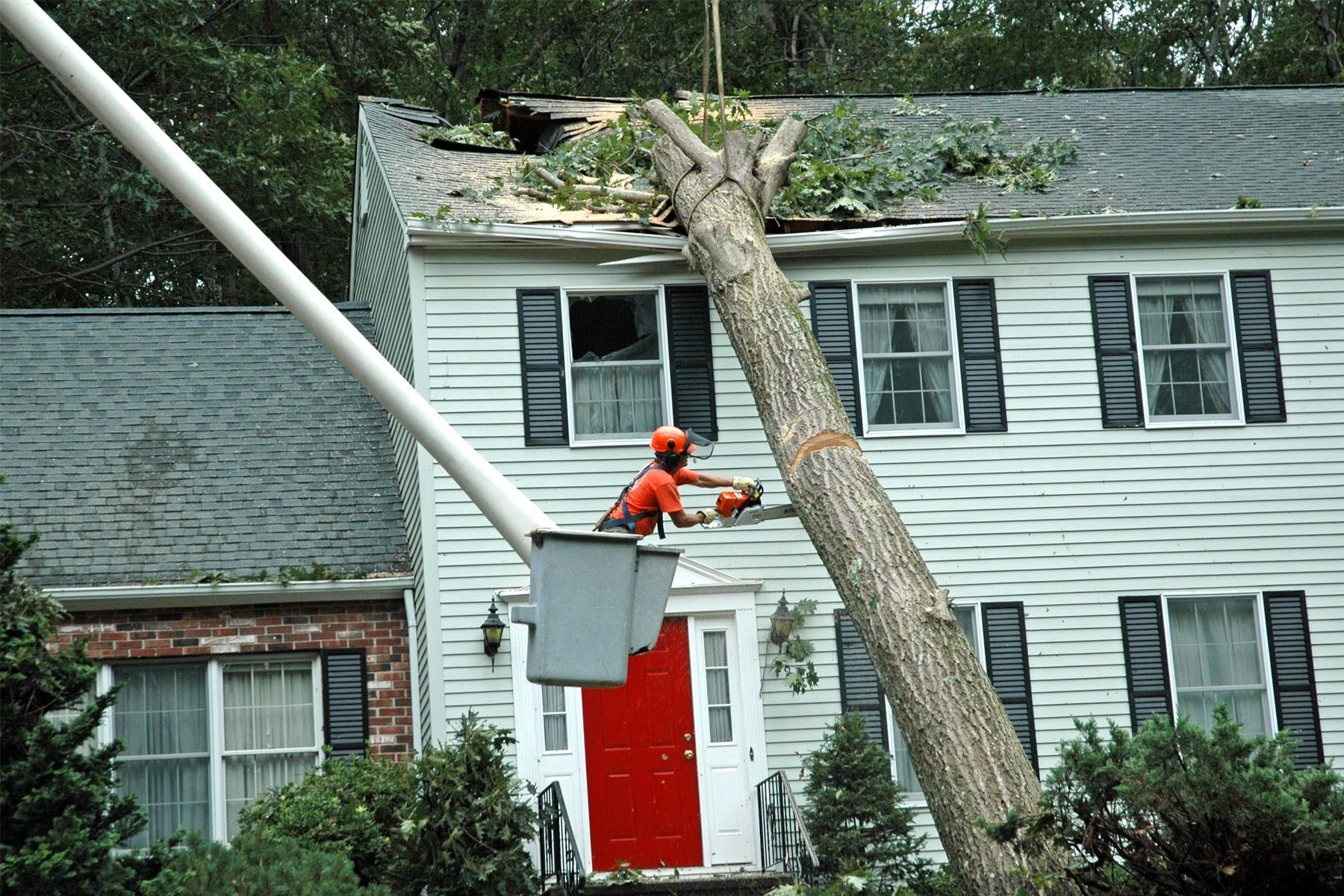Trees complement our spaces with beauty, shade, and life, but when a tree becomes hazardous, it can pose a serious risk. Imagine a sudden storm causing a branch to crack or a worn-out tree leaning precariously close to your home – situations like these demand quick action. However, emergency tree removal is not a task to approach lightly. Ensuring safety at every step can make the difference between a simple solution and a potentially dangerous mishap.
Whether you’re in Wolverhampton—a region familiar with unpredictable weather—or anywhere else facing such challenges, understanding the safety protocols for emergency tree removal is vital. This blog outlines the critical precautions required to handle emergency situations safely and effectively.
Why is Emergency Tree Removal Dangerous?
Removing a tree, especially under emergent conditions, is inherently more complex than regular tree care. Gravity, unpredictable tree conditions, and tight spaces such as urban areas or near power lines can increase the stakes. Without proper preparation and techniques, risks to property and personal safety skyrocket.
One recent example from Wolverhampton involved an old oak tree weakened by disease. A sudden storm caused a large branch to collapse onto a nearby road. Thankfully, trained professionals were able to dismantle the rest of the tree without further incidents. This highlights the need for proper planning and execution during emergencies.
Essential Safety Protocols for Emergency Tree Removal
To handle emergency tree removal effectively, implementing stringent safety measures is non-negotiable. Below are the main precautions that ensure a job well done.
1. Conduct a Thorough Risk Assessment
Before any removal work begins, assess the entire scene. This step is particularly crucial when a tree is partially damaged. Questions such as “Is the tree encroaching on power lines?”, “What direction may falling branches take?” or “Is there potential rot or weakness in the trunk?” must all be addressed.
A certified arborist will inspect for deadwood, identify decay, and evaluate structural weaknesses. This was exemplified when deadwood removal from an ash tree in Wolverhampton’s Tettenhall area required professionals to stabilise parts of the trunk first. Such pre-emptive observations reduce the chance of unexpected mishaps.
2. Use Proper Equipment and Gear
One cannot overstate the importance of using the right tools for tree cutting and tree removal. Essential tools for emergency situations include:
- Chainsaws with sharp, properly tensioned blades.
- Ropes and harnesses for stabilising climbers.
- Cranes or bucket trucks for areas with height constraints.
Safety gear such as hard hats, gloves, steel-toe boots, and eye protection should always be worn. For example, a worker was saved from a falling branch in a recent Wolverhampton tree removal case simply because his helmet absorbed the impact.
3. Secure the Area and Communicate Clearly
The site of an emergency tree removal must be cordoned off to prevent unauthorised access. This means setting up barriers or placing warning signs to keep people and vehicles at a safe distance.
Proper communication is equally critical. A team must use clear signals to avoid confusion, especially when coordinating tasks like felling a tree or using rope systems. Professionals rely on protocols such as spotters who observe hazards while others operate equipment, ensuring everyone stays informed and safe.
4. Cutting Technique Is Key
Correct tree cutting techniques play a pivotal role in controlling falls and minimising damage. Here are a few standard approaches:
- Directional Felling involves cutting strategically to “aim” the tree’s fall in a safe direction.
- Limb-by-Limb Removal, common in densely populated Wolverhampton areas, prevents large pieces from crashing into properties below by dismantling branches gradually.
- Rigging Systems are used where extra control over falling debris is needed.
Remember, tree cutting without strategy often leads to accidents.
Ensuring Collaboration with Trained Professionals
DIY removal might feel tempting to save costs, but lack of expertise is a significant safety hazard. Professional tree surgeons bring experience and adhere to industry best practices during deadwood removal, storm damage control, and complex tree felling for emergencies. Trusted Wolverhampton arborists, for instance, combine skill with specialised equipment to resolve tree emergencies efficiently and without collateral damage.
Consider Mary’s story from the Finchfield area of Wolverhampton. When a decaying tree threatened to topple onto her greenhouse, she sought the help of experts who secured the tree using cables before dismantling it piece by piece. What could have ended in a costly disaster was successfully contained thanks to their expertise.
Emergencies Near Power Lines
When storms damage trees entangled near power lines, extra vigilance is critical. You should never attempt removal yourself in these cases. Trained electrical utility specialists or certified tree surgeons have the authority and equipment to tackle removal while coordinating with Wolverhampton’s local power companies to cut off electricity where necessary.
Preventive Measures to Avoid Future Emergencies
While emergencies can’t always be predicted, regular maintenance can significantly reduce risks. Routine services—like deadwood removal, pruning, or identifying decayed trees—serve as proactive measures to keep your property safe. Well-maintained trees are not only less likely to collapse but are also better prepared for heavy winds and adverse weather conditions.
Regular inspections every two to three years by certified arborists in Wolverhampton can help identify weaknesses in time. This preventive approach provides peace of mind, especially for property owners with trees near high-stakes areas such as driveways or housing.
Final Thoughts
Emergency tree removal is a task fraught with risks, but with strict adherence to safety protocols, it can be executed efficiently and without harm. From assessing potential hazards and using proper equipment to employing correct cutting techniques, every precaution matters. Remember, calling in licensed professionals is always the safest option—there’s simply no substitute for their expertise and equipment.
If you’re in Wolverhampton and find yourself facing a tree emergency, don’t wait until it’s too late. Our experienced tree care specialists are here to provide safe and timely solutions tailored to your needs. Call us now to book a consultation or learn more about our emergency tree removal services.


Comments are closed